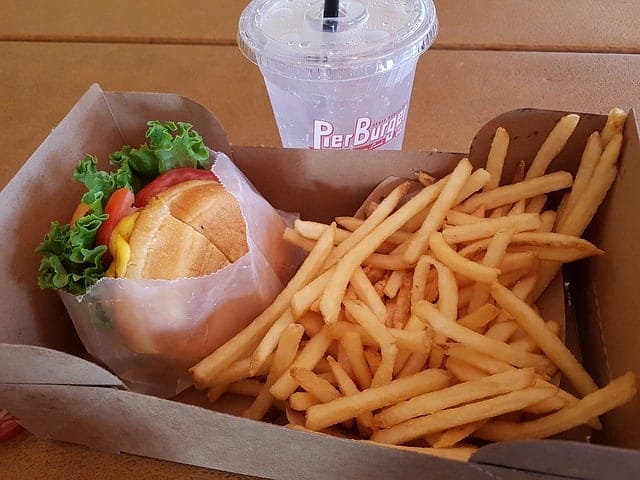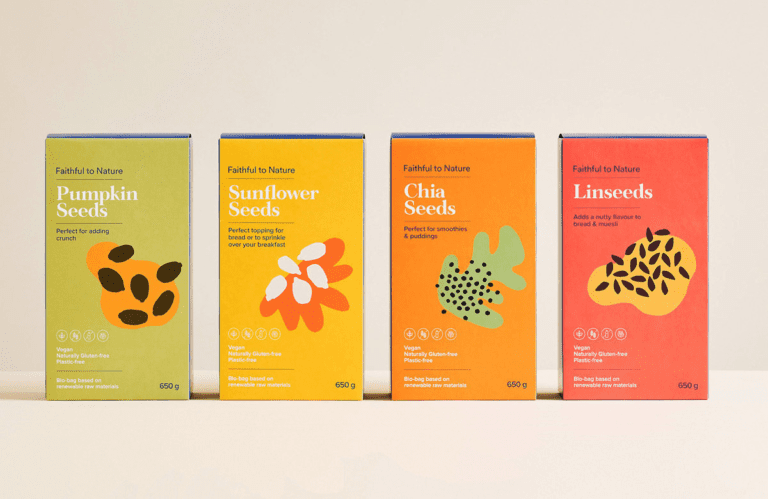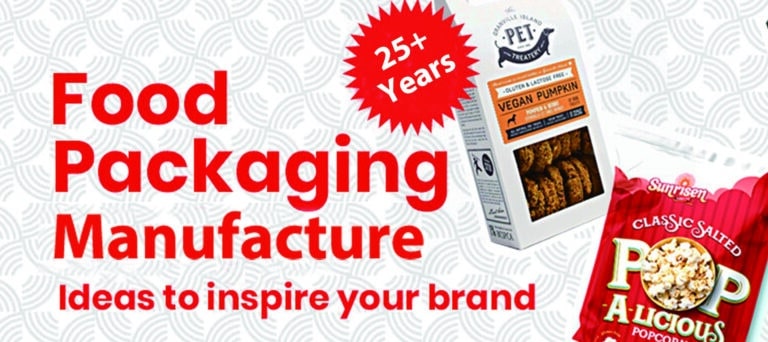Neueste Trends und Innovationen in der Lebensmittelverpackungsbeutelindustrie
Neueste Trends und Innovationen in der Lebensmittelverpackungsbeutelindustrie

Einführung:
Die Lebensmittelverpackungsbeutelindustrie entwickelt sich ständig weiter, um den sich ändernden Verbraucheranforderungen gerecht zu werden, technologische Fortschritte, und Nachhaltigkeitsziele. Für Hersteller ist es von entscheidender Bedeutung, über die neuesten Trends und Innovationen bei Lebensmittelverpackungsbeuteln auf dem Laufenden zu bleiben, um wettbewerbsfähig zu bleiben und den dynamischen Anforderungen des Marktes gerecht zu werden. This article highlights the latest trends and innovations shaping the food packaging bag industry.
- Sustainable packaging solutions:
a. Biodegradable and compostable materials: The increasing demand for eco-friendly packaging has led to the development of biodegradable and compostable packaging materials, such as bio-based plastics, cellulose films, and plant-based alternatives.
B. Recycled content: Manufacturers are incorporating recycled materials into packaging bags to reduce reliance on virgin materials and promote a circular economy.
c. Minimalist packaging design: Emphasizing the use of minimalist and lightweight packaging designs that reduce material waste and optimize space utilization while maintaining product integrity.
d. Reusable and refillable options: The introduction of reusable food packaging bags, such as flexible silicone or cloth bags, encourages consumers to reduce single-use packaging waste and adopt sustainable practices. - Active and intelligent packaging:
a. Time-temperature indicators: Incorporating temperature-sensitive labels or indicators that provide real-time information on the freshness and quality of the packaged food, ensuring consumer safety.
B. Oxygen and moisture scavengers: Introducing active packaging technologies that absorb oxygen or moisture within the packaging, enhancing product shelf life and reducing food spoilage.
c. Anti-microbial films: Integrating antimicrobial agents into packaging materials to inhibit the growth of bacteria and extend the freshness of perishable food items.
d. Modified atmosphere packaging (MAP): Utilizing innovative packaging techniques that modify the gas composition within the packaging to prolong shelf life and maintain product quality. - Smart packaging technologies:
a. QR codes and NFC tags: Incorporating QR codes or Near Field Communication (NFC) tags on packaging to provide consumers with instant access to product information, recipe suggestions, safety certifications, and brand stories.
B. Digital traceability and supply chain transparency: Leveraging blockchain technology or RFID tags to enhance traceability, authentication, and transparency across the food supply chain, ensuring product integrity and combating counterfeiting.
c. Interactive packaging designs: Introducing packaging with interactive elements, such as augmented reality (AR) or scannable codes that engage consumers and create immersive experiences. - Convenience and functionality enhancements:
a. Easy-open and resealable features: Introducing user-friendly packaging designs that allow for easy opening, resealing, and portion control, enhancing consumer convenience and food preservation.
B. Microwave and freezer compatibility: Developing packaging bags that can safely withstand microwave heating for quick reheating and freezer storage for extended product life.
c. Ergonomic design features: Incorporating handles, spouts, or easy-pour features into packaging bags to enhance usability and convenience for consumers.
d. Customized packaging solutions: Offering personalized packaging designs and sizes tailored to specific consumer preferences and product requirements, allowing for greater convenience and product differentiation.

Abschluss:
The food packaging bag industry is witnessing rapid advancements driven by sustainability concerns, technological innovations, and changing consumer expectations. The latest trends and innovations discussed in this article, such as sustainable packaging solutions, active and intelligent packaging, smart packaging technologies, and convenience enhancements, reflect an industry that is continuously evolving and adapting to meet market demands. By embracing these trends and innovations, manufacturers can stay ahead of the curve, deliver superior packaging solutions, and contribute to a more sustainable and consumer-centric food packaging bag industry.
Kontaktieren Sie unsere Experten für Lebensmittelverpackungen







